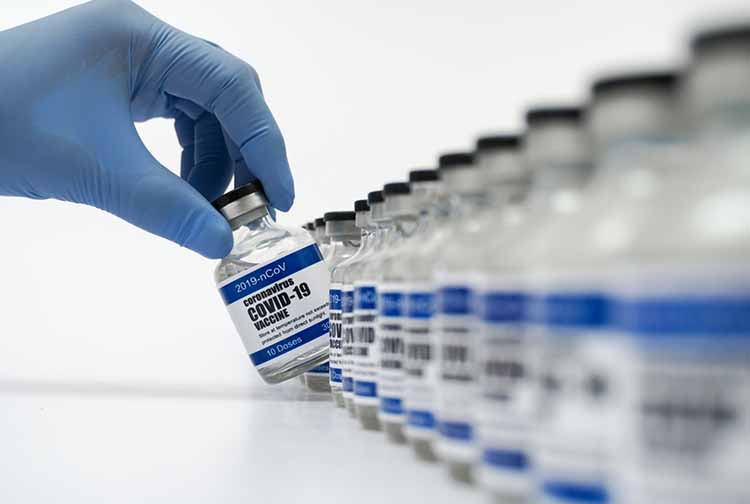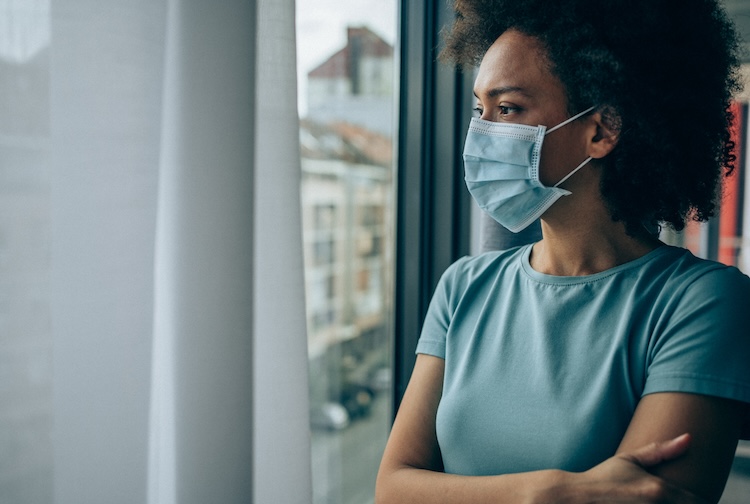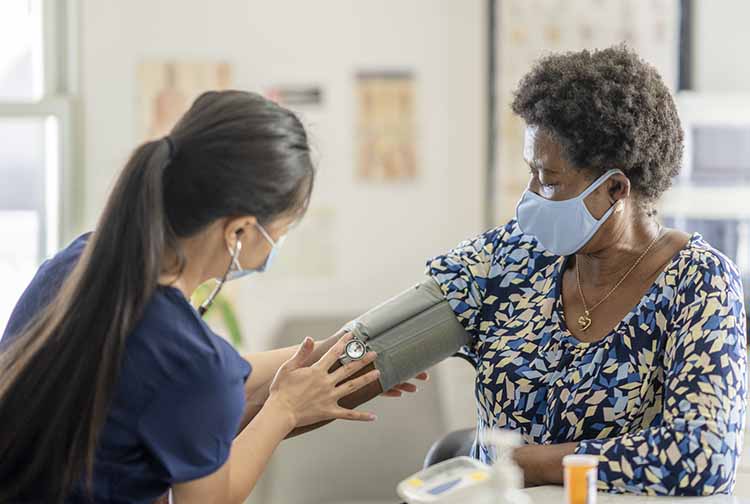
Johnson & Johnson vaccine pause lifted: Our expert answers your questions
April 26, 2021 Photo: Getty images
Photo: Getty images
On April 24, the Centers for Disease Control & Prevention (CDC) and the Food and Drug Administration (FDA) lifted their recommended pause on the Johnson & Johnson (J&J) COVID-19 vaccine. The recommendation to pause was made following six reported cases in the United States of a rare and severe type of blood clot in individuals who had received the vaccine. The blood clot was accompanied by an unusually low platelet count. Together, this condition is known as thrombosis with thrombocytopenia syndrome (TTS).
The recommended pause was lifted following a thorough safety review, including two meetings of the CDC’s Advisory Committee on Immunization Practices.
Here Dr. Jeffrey Donowitz, a VCU Health expert in pediatric infectious diseases, discusses safety issues regarding the J&J vaccine.
 How do we know the J&J vaccine is really safe?
How do we know the J&J vaccine is really safe?
During the pause, medical and scientific teams at the FDA and CDC examined the data to assess the risk of TTS. The teams reviewed several sources of data and information, including the medical literature, reports from global regulatory partners and reports submitted to the Vaccine Adverse Event Reporting System (VAERS).
Following this review, the FDA and CDC determined that the pause should be lifted and that vaccinations should resume. The FDA and CDC are confident that the vaccine is safe and effective in preventing COVID-19, and that the benefits outweigh the risks.
Detecting these rare adverse events tells us that the systems in place to monitor the safety of all of our vaccines are working. The TTS reports were detected early, and the pause reflected the government’s commitment to transparency and safety. COVID-19 vaccines will continue to undergo the most intensive safety monitoring in U.S. history.
Can we choose our vaccine? Should I ask for one of the others, to be on the safe side?
You may not know which vaccine you’ll receive until it’s your turn. You will, however, have the option to decline the J&J vaccine and wait for another brand at another time. All three vaccines are highly effective at preventing severe disease. We recommend getting whichever vaccine is offered. The sooner you’re vaccinated, the sooner you’ll be protected.
How common are the blood clots?
As of April 23, more than 8 million doses of the J&J COVID-19 vaccine had been given in the United States. As of that time, experts reviewing safety reports for this vaccine found 15 reports of women who had gotten the J&J COVID-19 vaccine and later developed thrombosis with thrombocytopenia syndrome. TTS is a serious condition that involves blood clots with low platelets.
This adverse event is rare, occurring at a rate of about 7 per 1 million vaccinated women between ages 18 and 49. For women 50 years and older and men of all ages, this adverse event is even more rare.
Are some people more susceptible to the blood clots?
Most people who developed the blood clots and low levels of platelets were females ages 18 through 49. However, with so few cases to study, we don’t have a great enough sample size to know for sure if something is predisposing women in this age range to the clots.
Although it appears there is a relationship between the vaccine and the clots, anywhere from 2 to 14 people per million develop blood clots each year in this country. It could be that the individuals who developed the blood clots would have developed them regardless of whether they received the vaccine.
If I’ve already gotten the J&J vaccine, or I receive the J&J vaccine at my upcoming appointment, is there anything I should look out for?
For three weeks after receiving the vaccine, be on the lookout for
- Severe or persistent headaches or blurred vision
- Shortness of breath
- Chest pain
- Leg swelling
- Persistent abdominal pain
- Easy bruising
These are possible symptoms of a blood clot with low platelets. Seek medical care right away if you develop one or more of these symptoms, and be sure to let the doctors taking care of you know that you have received this vaccine.
How do we know the other vaccines are safe?
After a phase 3 trial concludes and the vaccine is released, we never stop studying it. There’s a vaccine adverse event reporting system we use. Anyone can enter a report of a possible reaction to a vaccine into the system. The system catches patterns that may indicate a potential problem.
We haven’t seen any patterns of adverse reactions with the Moderna and Pfizer vaccines, other than the relatively mild side effects we knew about from the phase 3 trials. In the U.S., over 140 million people have been vaccinated, and we’re not seeing this clotting issue with the other vaccines — and we’re using the exact same reporting system.
It gives me great comfort knowing that the safety net in place designed to catch the 1-in-a-million side effect that may be missed in a phase 3 trial with 30,000-40,000 patients is working.
If you have received the J&J vaccine and develop severe headache, abdominal pain, leg pain or shortness of breath within three weeks of vaccination, contact your health care provider or call 911 if it is a medical emergency.
To report adverse effects of your vaccination, visit the Vaccine Adverse Event Reporting System.
For more information
For a variety of news and information on COVID-19 and how VCU Health is keeping patients safe, please visit our COVID-19 News Center.



